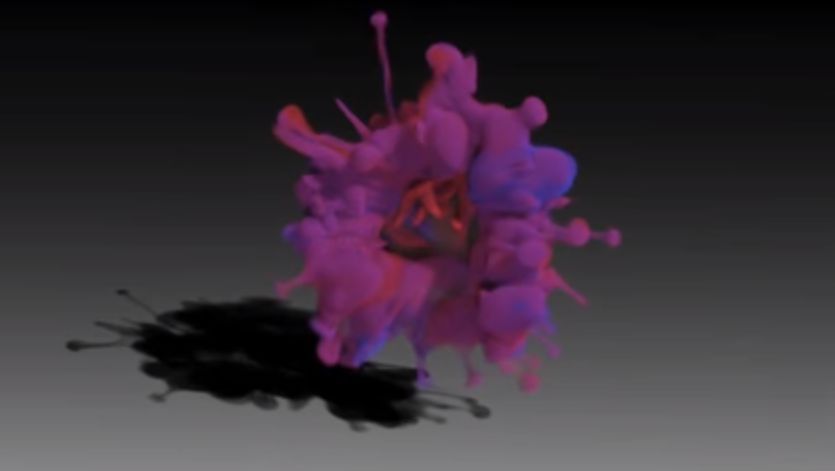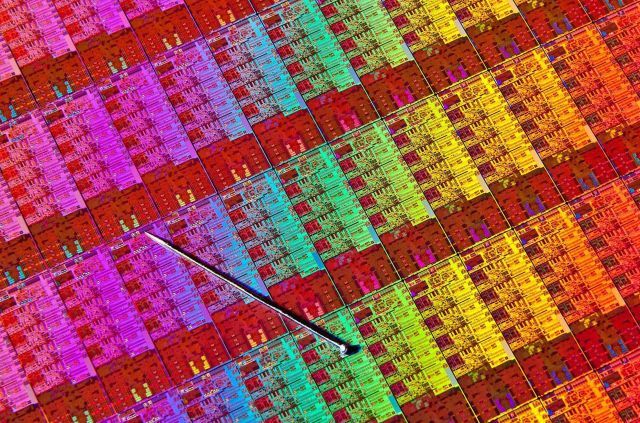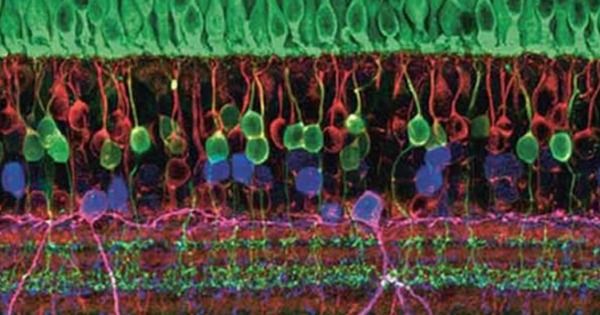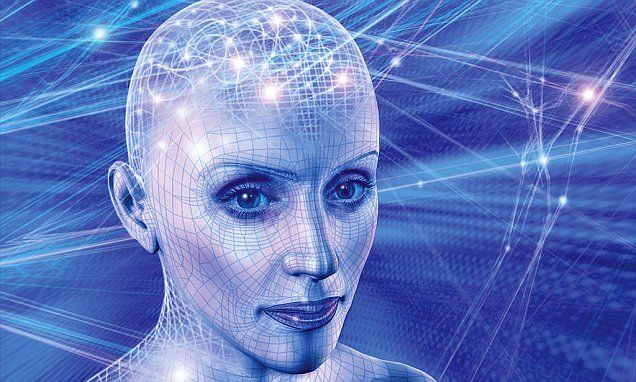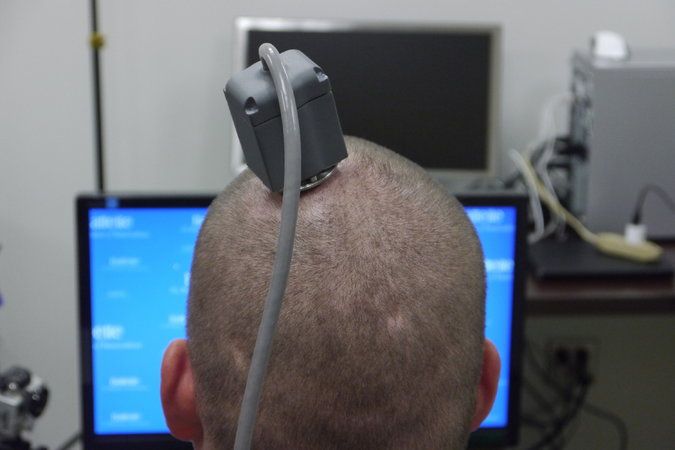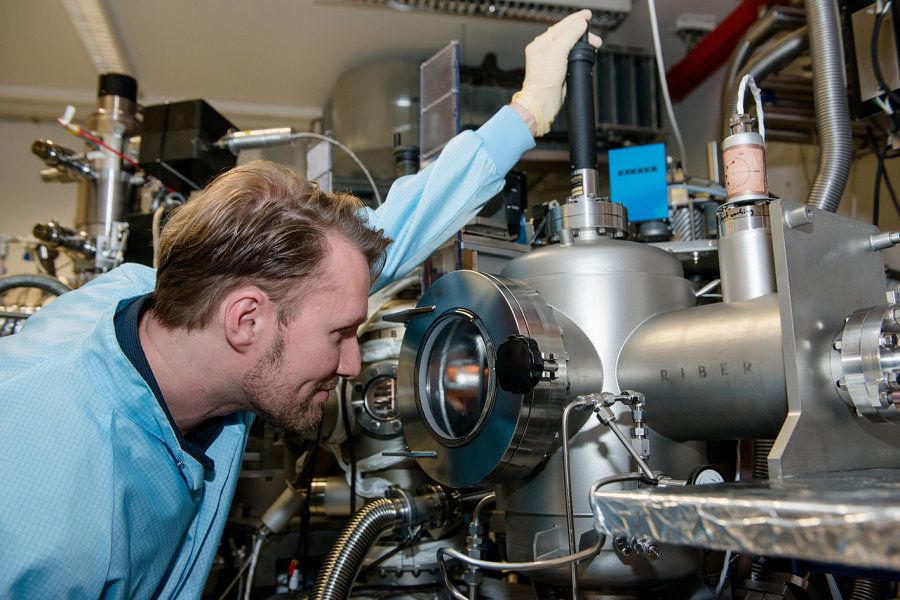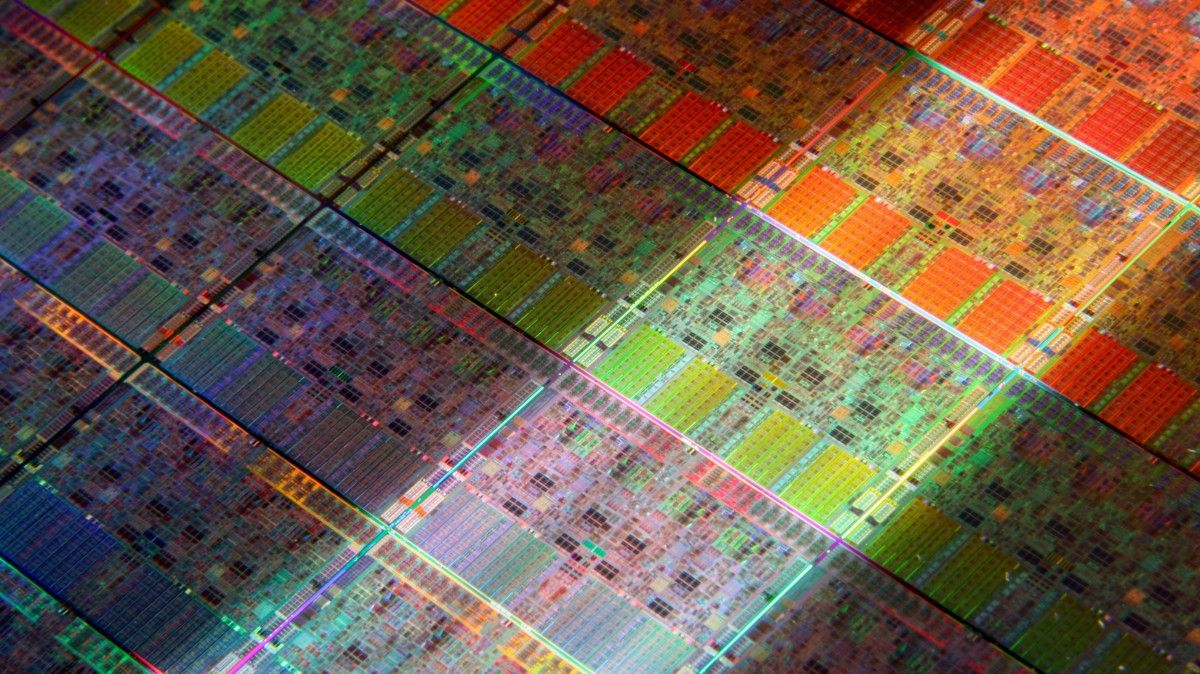Nice article; I do need to mention that more and more screen displays are moving to Q-Dot technology. So, computer graphics is being enriched in multiple ways by Quantum.
Caltech applied scientists have developed a new way to simulate large-scale motion numerically using the mathematics that govern the universe at the quantum level.
The new technique, presented at the International Conference and Exhibition on Computer Graphics & Interactive Techniques (SIGGRAPH), held in Anaheim, California, from July 24–28, allows computers to more accurately simulate vorticity, the spinning motion of a flowing fluid.
A smoke ring, which seems to turn itself inside out endlessly as it floats along, is a complex demonstration of vorticity, and is incredibly difficult to simulate accurately, says Peter Schröder, Shaler Arthur Hanisch Professor of Computer Science and Applied and Computational Mathematics in the Division of Engineering and Applied Science.
